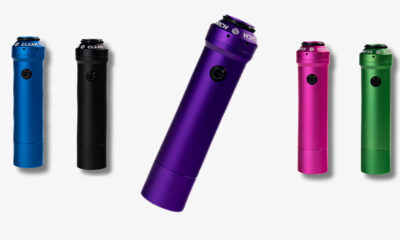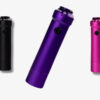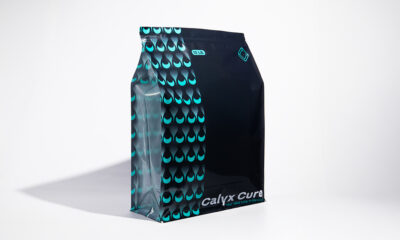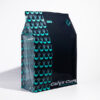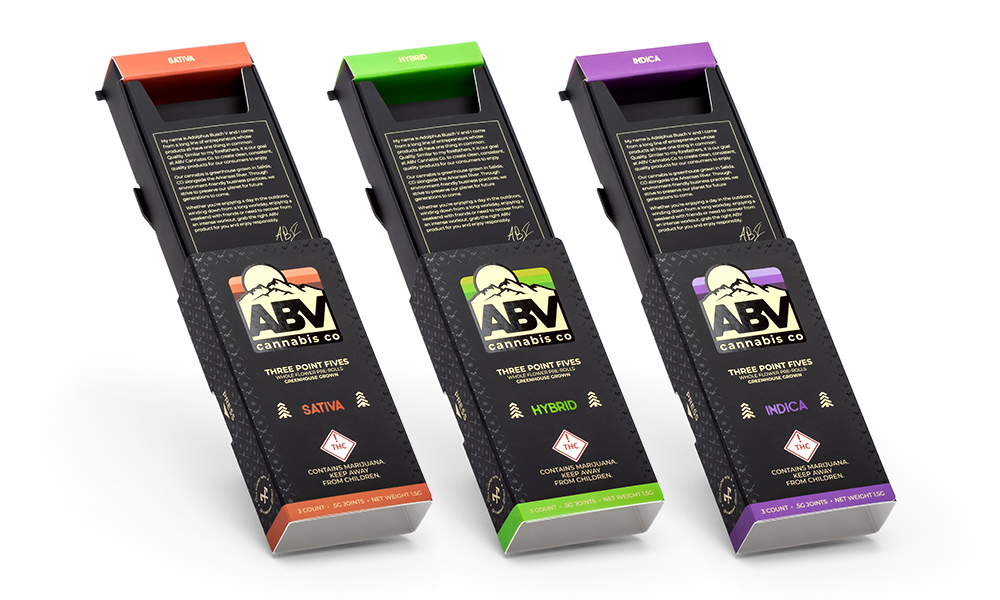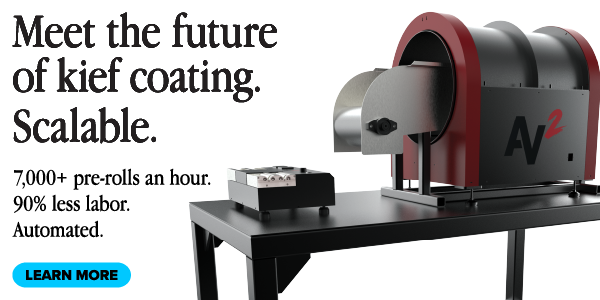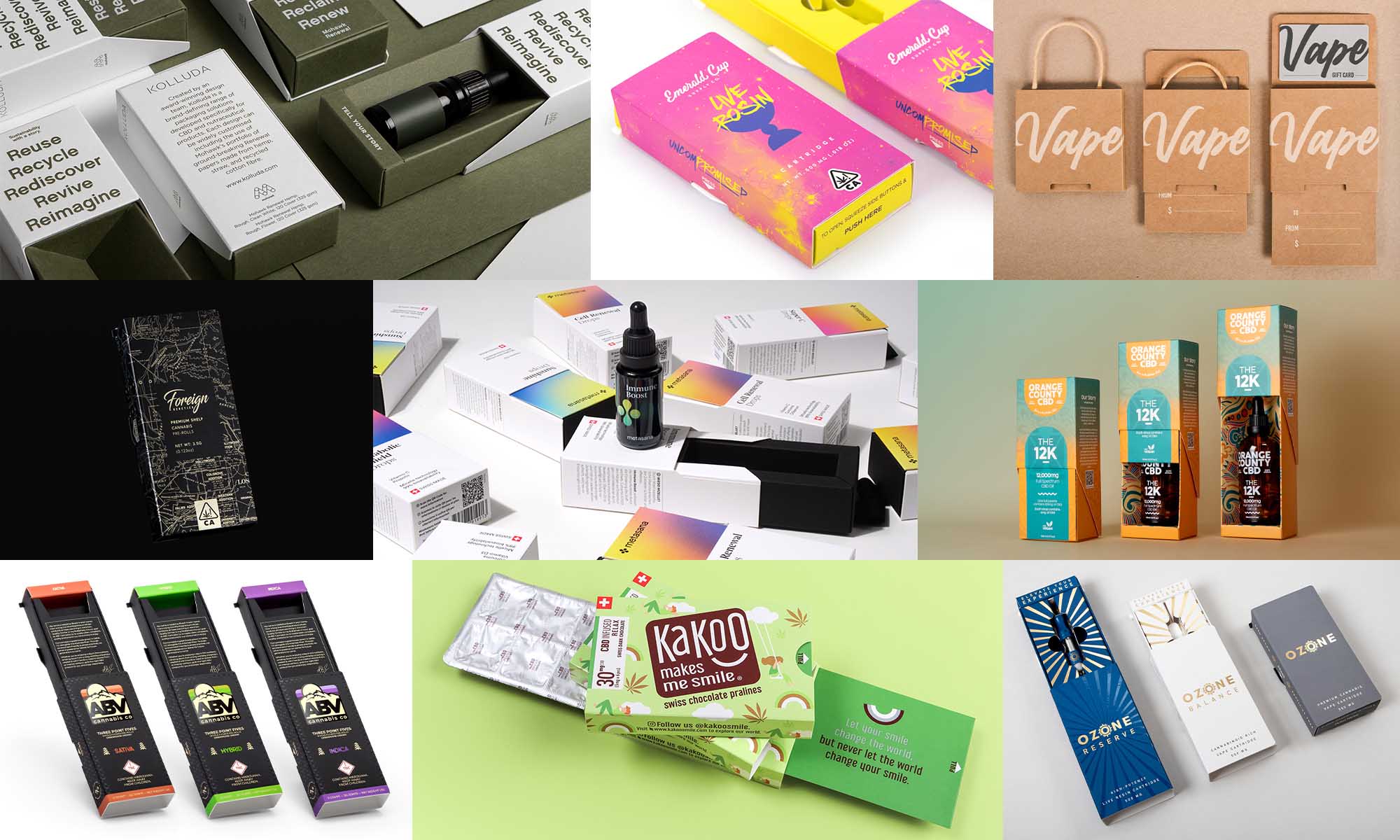
Sponsored
Make or Break: The Critical Role of Packaging in the Cannabis Industry
Packaging is both an opportunity and a headache for brand owners.
Throughout our everyday lives we’re constantly interacting with packaging. We perhaps only pause and reflect when coming across a package that really stands out from the crowd for all the right or wrong reasons. Maybe it looks incredible, maybe you’ve lost ten minutes just trying to open it. Either way, you’ll have formed an opinion about it, and the product inside.
What’s particularly interesting about the legalized cannabis market is that it’s still relatively new, creating a rollercoaster for brands to figure out exactly how they should approach packaging. It’s one thing just getting to market but quite another to leverage the power of packaging to capture the attention and imagination of the consumer. The brands out there that are most recognizable or the most successful are often the ones that foresaw packaging’s importance and worked hard to get it right.
Brand Building
Building a brand is important for any company but especially so for legalized cannabis—it’s a crowded market of similar products, limited sales channels, interesting consumer segmentation, outside stigma, legitimacy and trust issues. A strong brand can cut through some of those barriers. It’s going to differentiate from competitors, emotionally connect with customers, instil trust, loyalty and encourage brand advocacy.
Packaging is a great platform to build some of those pillars that make a brand. It can be used to build a brand identity—exploiting the power of print for logos, graphics and typography. Brand values can be embodied within the packaging—material choices showing a commitment to sustainability and the environment or using premium materials and finishes to convey the same qualities for the product. It can be used to position the brand—for example, rooted in tradition or youthful and wild.
Lowell Herb Co has built an iconic brand with packaging a cornerstone, the crown jewel being the Lowell Smokes pre rolls. The vintage inspired artwork evokes a historical connection to their fictional turn of the twentieth century namesake, farmer ‘William “Bull” Lowell.’ The box exudes high quality, and the brown kraft material is synonymous with an artisanal crafted product.
Houseplant’s recent rebrand by MA-MA and Pràctica leans heavily into packaging. There’s a strong, fun visual identity based around bold colours and simple, striking typography. What’s also clever was creating a level of collectability around the stackable custom tins and boxes. The packaging is often retained and reused, something that’s happily out on display at home long after purchase, which also means long-term brand exposure.
Laws and Regulations
For every cannabis operator, a great deal of care must be taken to ensure all business activities stick carefully to the laws and regulations. For multistate operators, that challenge is increased by the fact that laws can be different between jurisdictions. There are many ways this influences packaging, and the stakes are high if you get it wrong—for example, think of fines, product recalls, loss of license, reputational damage and risk to customers’ health and any resulting liabilities.
Labelling is one of the big challenges. Brands need to include a range of information, and ensuring that it’s accurate and up to date is important. They will often need to include specific information about the product like strain, potency, chemical additives, weight, batch and certain dates. Ingredient lists, allergen information and dosing guidance are important for customer safety. Health warning messages may also need to be included. Some of this information can be pre-printed when ordering packaging and other elements added later during fulfilment by way of stickers or overprinting. Companies need to carefully manage stock levels and have a plan in place to react to labelling changes, replacing packaging without disrupting supply.
The package needs to protect the product. That might be from physical damage but also contamination from other substances such as oxygen, moisture or UV exposure. The type of packaging and the materials used need to be suitable for that purpose and tested accordingly. Where appropriate, food-grade materials should be used. A level of due diligence should be in place and only trusted, reputable suppliers should be used. Anti-tamper measures should be included to ensure that, once packaged, the product remains unadulterated until sale and use.
Child Resistance
Several states require child resistant packaging be used in an effort to stop children accidentally ingesting cannabis. They often reference what’s seen as the gold standard for determining if a package is child resistant: the testing protocols in the Poison Prevention Packaging Act of 1970. This law covers various hazardous household chemicals, including prescription oral medication. The testing can be quite dramatic: Ultimately, your packaging is placed in front of 50-200 kids between 42-51 months who in pairs are told to open the pack by any means necessary. They might be the 99th percentile for size and strong as a bear or the smartest kid you’ve ever met who simply reads the opening instructions. The kids have two timed attempts, and in between an examiner will show them how to open it. The full test also includes a panel of senior adults who conversely must be able to gain access. This presents a real challenge for packaging designers, finding a solution that meets those two opposing needs.
There are many different pack formats for brands to choose from. Jars or tins with the child resistance built into the lids or paperboard packaging, such as the award-winning solutions from Duallok, where pressing buttons or tabs unlock it. Another strategy is to use an exit bag. This is a bag with a child resistant closure into which the product or non-child resistant pack is placed before leaving a store. The big drawback here is that it could be said to circumvent the spirit of the law since the bag is likely discarded the moment a customer leaves a store, offering no further protection and creating packaging waste.
Perhaps the holy grail is great packaging that also happens to be child resistant. In any case, companies should scrutinise their suppliers—understand the provenance of the packaging and check for independent testing certificates rather than pure conjecture.
Cannabis Packaging Trends
Two big topics of conversation for packaging have been improving sustainability credentials and product freshness for pre-rolls.
The sustainability discussion often starts with a question purely about material choice. However, the brands making a commitment to think more holistically about their packaging are going to make a much bigger difference. Take paper-based packaging as an example. Brands could work with their supplier in optimizing the design, reducing the size and bulk for more efficient transport and storage as well as material use reduction. Small, targeted changes to the size or proportions of a design can help increase the number of boxes that can fit on each sheet being printed, reducing material wastage.
Choosing a supplier and material that’s certified through the Forest Stewardship Council or similar will ensure that the origin of the material is from ethically and sustainably managed sources. Brand owners can commit to not using plastic laminated print finishes to maximize the recyclability of the packaging at end-of-life. Brand owners can choose suppliers whose corporate social responsibility principles align with their own. A trusted supplier will ensure less wastage through poor quality or faulty packaging being rejected and reprinted.
Pre-rolls are a popular product and an important part of any brand owner’s portfolio. As they look for an edge, freshness through packaging innovation is one pathway to offering a better product to the customer. For those committed to using paper-based packaging, brands have looked for solutions that accommodate humidity control pouches like those from the experts at Boveda. ABV Cannabis were early to explore this with their pre-roll pack from Duallok. Here, a paperboard child resistant box was designed to include a perforated pocket directly behind the pre-rolls containing a Boveda pouch.
Careful Consideration Is Paramount
Packaging should be thought of as a long-term investment in the success of a business, warranted by the opportunities presented by getting it right and the risks associated with getting it wrong. There’s a long list of things that the packaging must do to be merely adequate and exceptional packaging can have a transformational effect for a brand. The worst starting point is the pursuit of the lowest possible cost above all else. In this scenario, neither the customer nor brand owner are likely to benefit in the long term. Putting time, effort and resources into developing the right cannabis packaging solution and a robust network of trusted suppliers is key.



